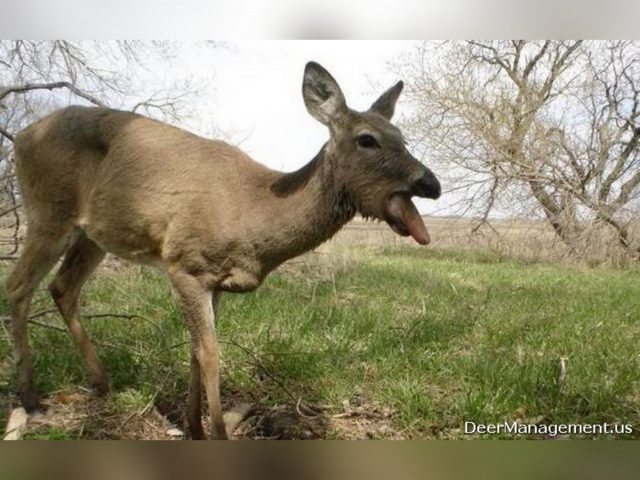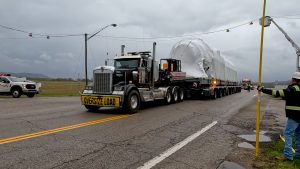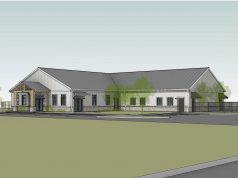COLUMBUS, Ohio – The Ohio Department of Natural Resources (ODNR) Division of Wildlife announced today that it has enacted a disease surveillance area in three north-central counties following the discovery of Chronic Wasting Disease (CWD) in two wild white-tailed deer harvested during the 2020-21 hunting season.
The disease surveillance area includes Wyandot County as well as portions of Hardin and Marion counties and includes the area within a 10-mile radius from both positive detections. This includes all 13 townships in Wyandot County; Jackson, Goshen, and Dudley townships in Hardin County; as well as Grand, Grand Prairie, Salt Rock, Montgomery, Big Island, and Marion townships in Marion County. The area will be mapped and posted at wildohio.gov, along with more information about CWD in Ohio.
The first wild deer that tested positive for CWD in the 2020-21 season was a mature buck harvested in fall 2020 in Wyandot County. The second wild deer, a yearling doe, was taken from the Killdeer Plains Wildlife Area refuge during a controlled hunt in January 2021.
Although ODNR had been monitoring the areas and an additional 72 deer were tested from that location after the hunting season with no positives detected, the move to create a disease surveillance area allows for the enactment of additional rules that, with the help of Ohio’s hunters, will allow Division of Wildlife biologists to better monitor the disease.
The following regulations apply within the disease surveillance area:
- Requires hunters to bring either the head or complete carcasses of all deer harvested within the disease surveillance area boundaries to a Division of Wildlife inspection station or self-serve kiosk for sampling. Dates and times of operation of both in-person inspection stations and self-serve kiosks will be posted at wildohio.gov.
- Beginning immediately, prohibits the placement of or use of salt, mineral supplement, grain, fruit, vegetables, or other feed to attract or feed deer within the disease surveillance area;
- Beginning immediately, prohibits hunting of deer by the aid of salt, mineral supplement, grain, fruit, vegetables, or other feed within the disease surveillance area;
- Prohibits the removal of a complete carcass or high-risk parts from the disease surveillance area, unless the carcass complies with deer carcass regulations or the carcass is delivered to a certified taxidermist or processor within 24 hours of leaving the disease surveillance area. Additional information on carcass regulations and a complete list of certified processors and taxidermists can be found at wildohio.gov.
Normal agricultural activities, including feeding of domestic animals, as well as hunting deer over food plots, naturally occurring or cultivated plants, and agriculture crops are not prohibited.
CWD is a highly contagious fatal disease that develops slowly in members of the deer family (including elk, moose, and caribou). No evidence exists that CWD can spread to humans, pets, livestock, or other animals outside the deer family. CWD has been detected in 26 states and three Canadian provinces.
The Division of Wildlife has aggressively conducted statewide CWD surveillance of Ohio’s wild deer since 2002, testing nearly 30,000 deer to date.
Northeast Ohio disease surveillance area discontinued July 31
Ohio’s first positive CWD case was discovered in 2014. Since that time, 25 deer from four captive deer facilities in Holmes and Wayne counties were confirmed positive.
In response, a disease surveillance area was declared in 2018 that included portions of Holmes and Tuscarawas counties. Three years of monitoring the wild deer herd has found no evidence of CWD in these counties. In response, the disease surveillance area that included Holmes and Tuscarawas counties expires on July 31, 2021. All restrictions are lifted and hunters are no longer required to present a harvested deer for sampling. Routine surveillance will continue in the area.
The Division of Wildlife is responsible for protecting and managing Ohio’s fish and wildlife resources for the benefit of all Ohioans. We greatly appreciate the cooperation of hunters to help us monitor Ohio’s deer herd. For more information about CWD, visit wildohio.gov.
Photo credit to deermanagement.us









